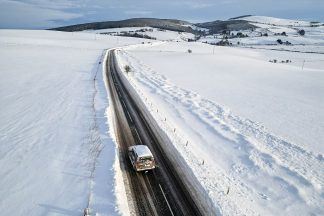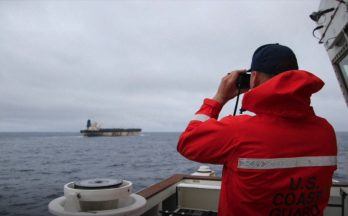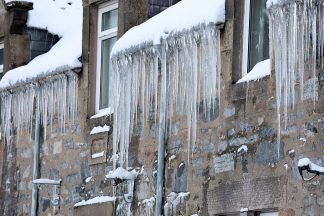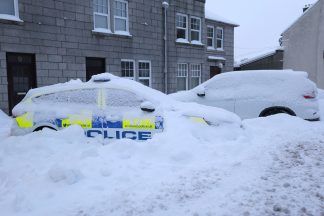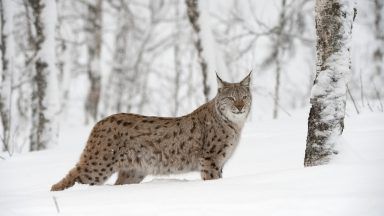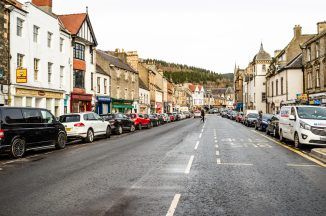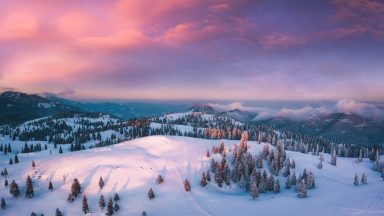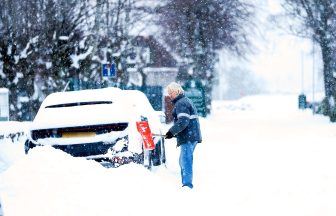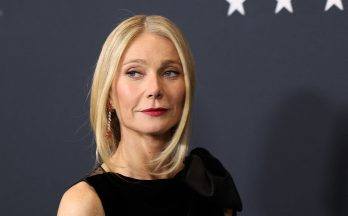Two pictures snapped in Scotland have been commended in the global Wildlife Photographer of the Year contest.
A dramatic aerial shot of a line of fire tearing through the Australian landscape won the people’s choice award, however two photographs taken in the Highlands also came out tops out of nearly 50,000 submissions.
The drone image of bushfire in northern Australia captured by Robert Irwin, son of wildlife conservationist Steve Irwin, won 55,486 votes from around the world to win the people’s choice award in the annual international competition.
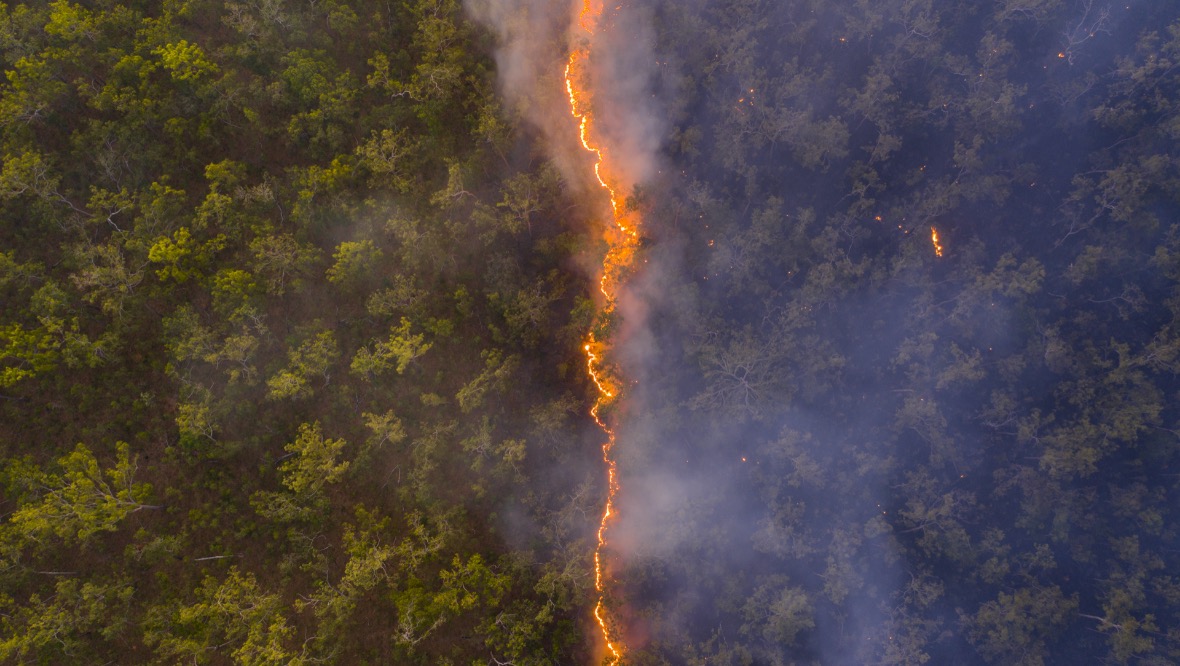 Natural History Museum
Natural History MuseumThe shot, taken near the Steve Irwin Wildlife Reserve in Cape York, Queensland, reveals a 50-50 split between pristine conservation area on one side of the line of the blaze and blackened devastated remains on the other.
Some 25 images, out of 49,000 submissions to the Wildlife Photographer of the Year, were chosen by the Natural History Museum, which runs the competition, for the public to vote on for the people’s choice award.
The bushfire image and four others emerged as favourites, and will go on display in the Wildlife Photographer of the Year exhibition at the Natural History Museum, London, when the museum reopens.
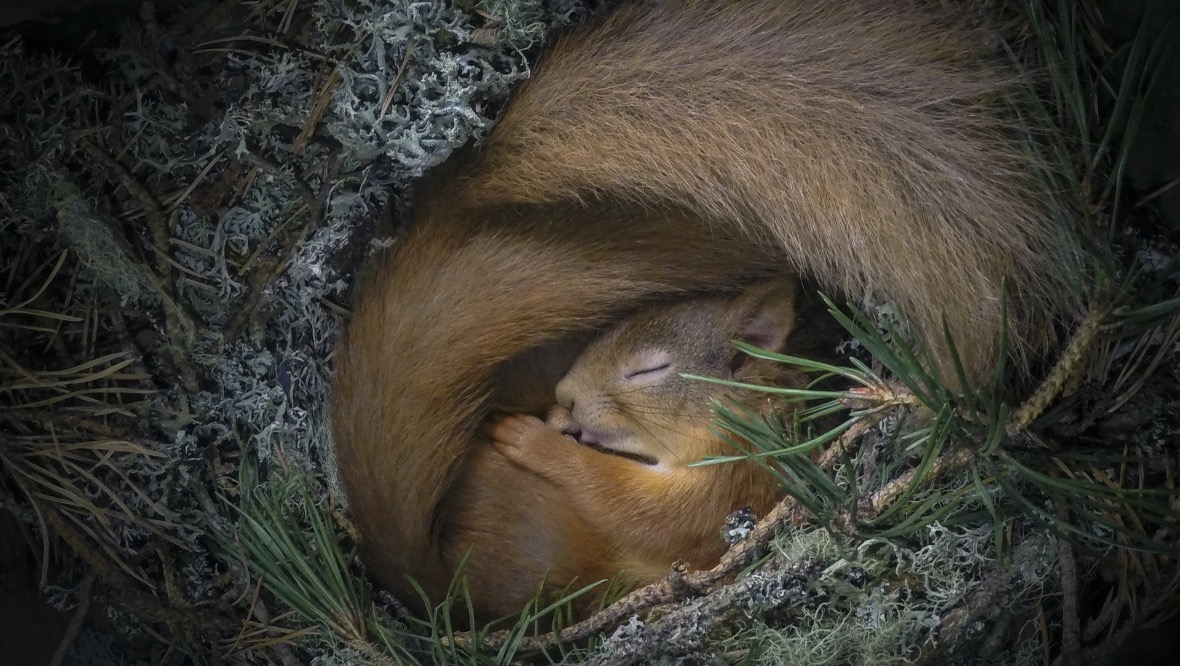 Natural History Museum
Natural History MuseumThe four highly commended images that won over the public include Ami Vitale’s portrayal of a bond between ranger and rhino before the animal dies, in “the last goodbye”, and the wintry portrait of a mountain hare taken in Scotland’s Cairngorms National Park by Andy Parkinson, from Derbyshire.
A remote capture shot of two squirrels in a drey, taken by Neil Anderson near his home in Carrbridge, in the Highlands, and a close encounter between a worried-looking Labrador in a car and an enormous moose, taken by Guillermo Esteves in the US, were also among the most popular pictures.
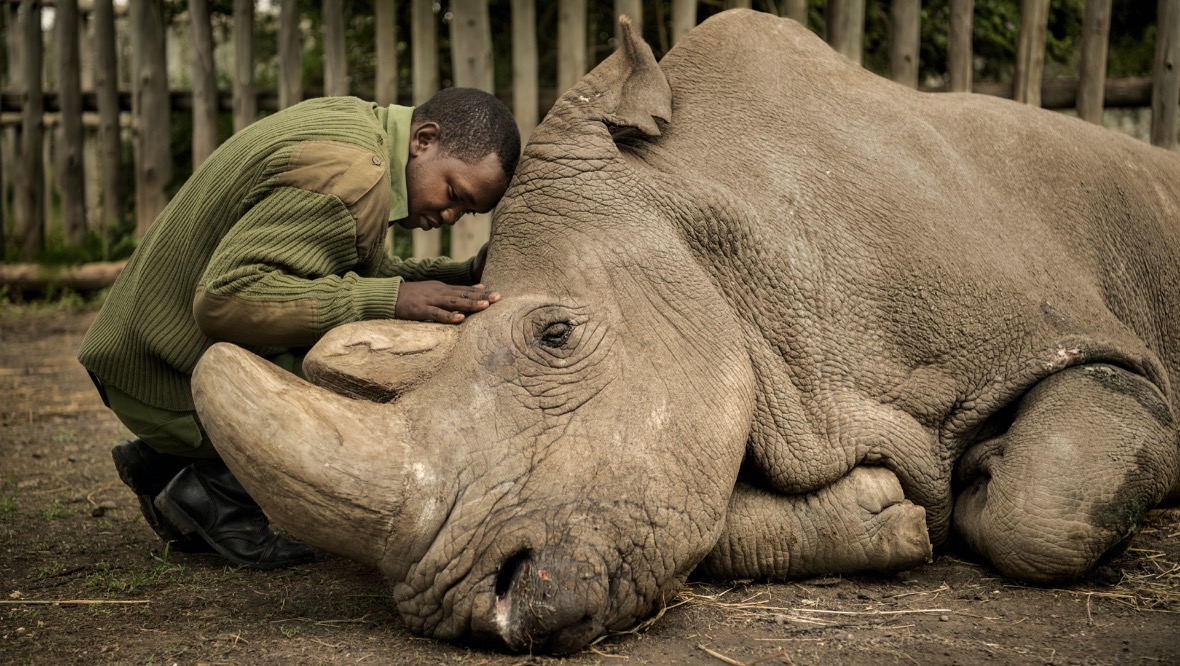 Natural History Museum
Natural History MuseumMr Irwin said he was “incredibly excited” to win the people’s choice award.
“For me, nature photography is about telling a story to make a difference for the environment and our planet.
“I feel it is particularly special for this image to be awarded, not only as a profound personal honour but also as a reminder of our effect on the natural world and our responsibility to care for it,” he said.
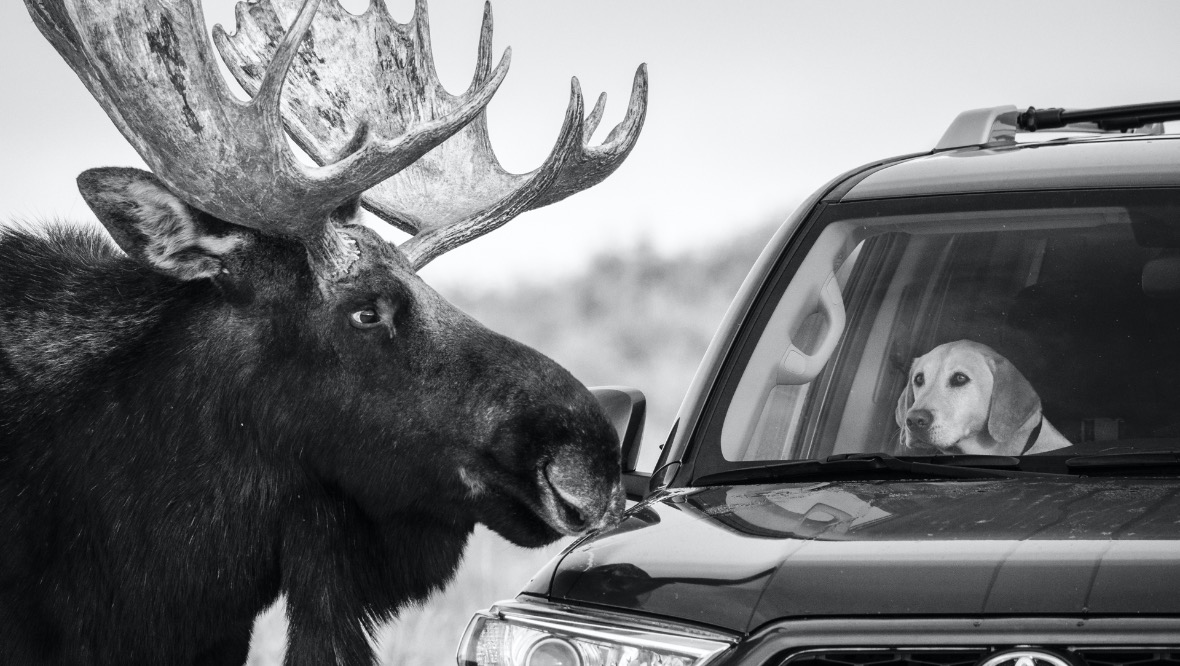 Natural History Museum
Natural History MuseumDr Doug Gurr, director of the Natural History Museum, said the winning image was both “stirring and symbolic”.
“Last year the world stood aghast at the devastating wildfires that struck much of Australia, and this photograph depicts just one example of a staggering biodiversity loss caused by the detrimental impacts of climate change, habitat loss and pollution.
“But it is by no means too late for us to act. I hope those who see this image are enthused to learn more about the problems our natural world faces but also to take action in their daily lives – be it changing dietary or travel habits or even joining a local wildlife volunteering group,” he said.
The Wildlife Photographer of the Year exhibition at the Natural History Museum will now run until August 1, 2021.
Follow STV News on WhatsApp
Scan the QR code on your mobile device for all the latest news from around the country


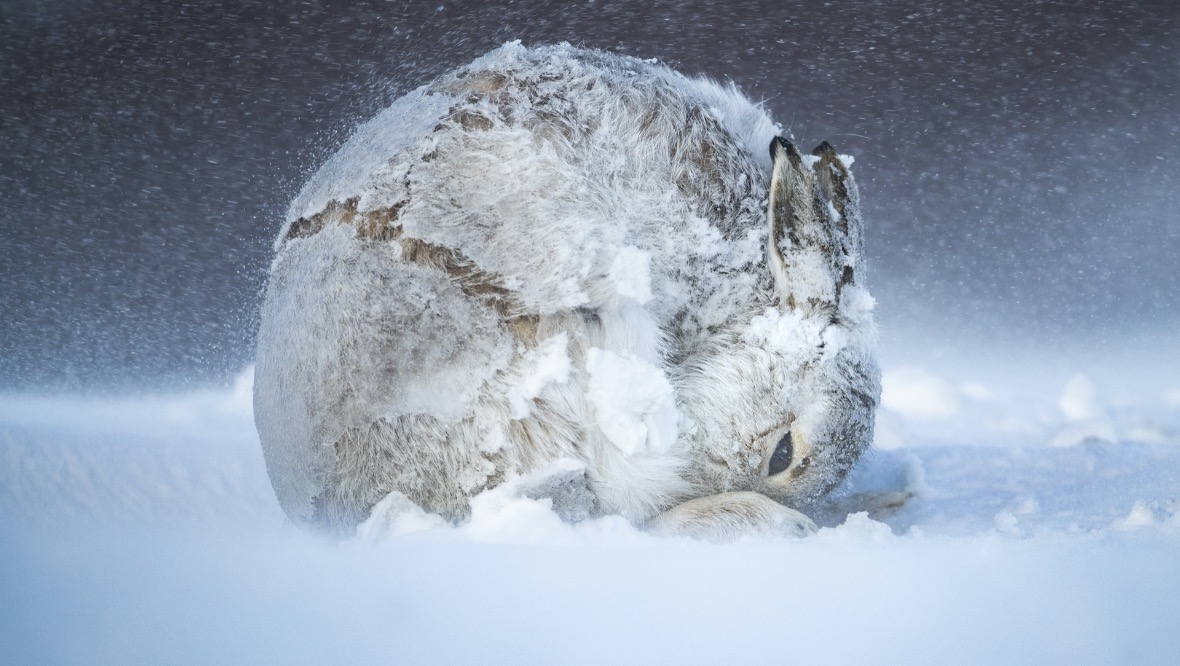 Natural History Museum
Natural History Museum

